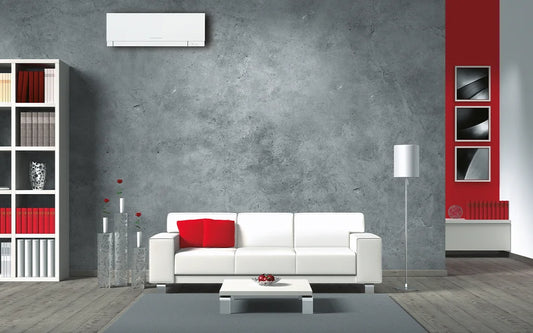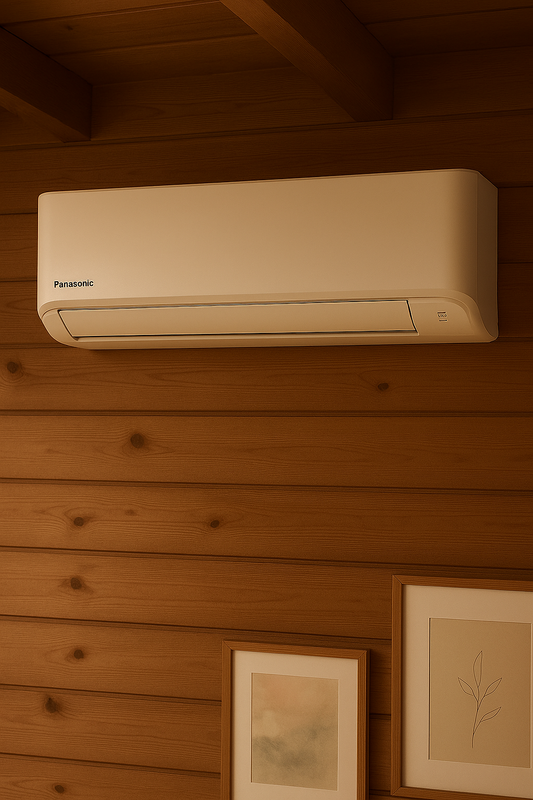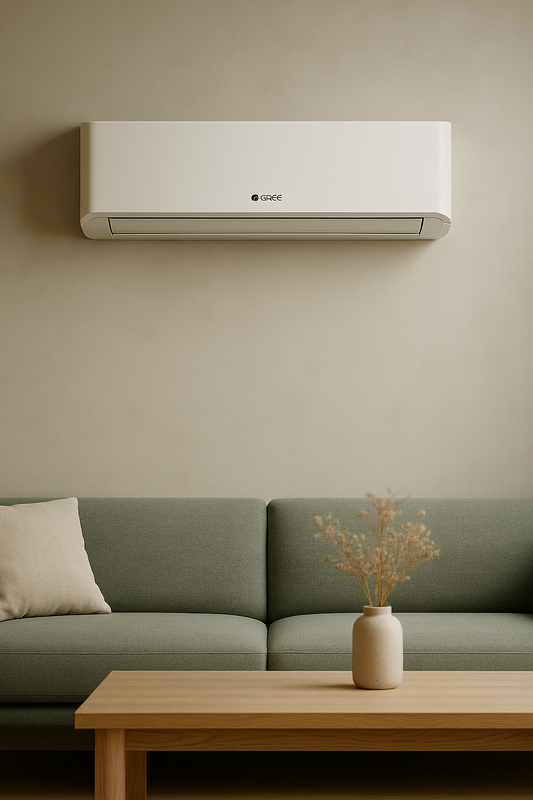Kostnad för installation av luftvärmepump
Inledning
En luftvärmepump är en energieffektiv och miljövänlig lösning för uppvärmning och kylning av bostäder. När man överväger att installera en luftvärmepump är det viktigt att förstå kostnaderna som är förknippade med installationen.
Definition och bakgrund
En luftvärmepump är en apparat som använder utomhusluft för att producera värme eller kyla inomhus. Genom att utnyttja den omgivande luften kan luftvärmepumpen effektivt värma eller kyla ett utrymme, vilket gör den till en populär och hållbar lösning för klimatstyrning.
Fördelar och användningsområden
Luftvärmepumpar erbjuder flera fördelar, inklusive energieffektivitet, minskade energikostnader och minskad miljöpåverkan jämfört med traditionella uppvärmnings- och kylningssystem. Dessa pumpar kan användas för att värma upp bostäder under kalla perioder och kyla dem under varma perioder, vilket ger en allsidig lösning för klimatkontroll året runt.
Relaterade tekniker, begrepp eller variationer
Det finns olika typer av luftvärmepumpar, inklusive luft-luftvärmepumpar och luft-vattenvärmepumpar. Luft-luftvärmepumpar använder utomhusluft för att värma eller kyla inomhusluften direkt, medan luft-vattenvärmepumpar använder utomhusluft för att värma vatten som sedan cirkuleras genom ett värmesystem.
Vanliga frågor (FAQ)
-
Vad påverkar kostnaden för installation av en luftvärmepump?
Kostnaden för installationen av en luftvärmepump kan påverkas av faktorer som bostadens storlek, befintligt värmesystem, val av luftvärmepumpstyp och arbetskostnader. -
Vilka är de genomsnittliga installationskostnaderna för en luftvärmepump?
Genomsnittliga installationskostnader kan variera beroende på omfattningen av installationen, men kan ligga mellan 20 000 och 50 000 kr. -
Finns det ekonomiska incitament för installation av luftvärmepumpar?
Vissa regioner eller länder erbjuder ekonomiska incitament, subventioner eller skatterabatter för installation av energieffektiva värmepumpar, vilket kan bidra till att minska installationskostnaderna.
Sammanfattning
Att installera en luftvärmepump kan vara en kostnadseffektiv och hållbar lösning för klimatkontroll i bostäder. Det är viktigt att överväga kostnaderna för installationen och söka efter potentiella ekonomiska incitament för att göra den initiala investeringen mer överkomlig.
Installation Process
The installation process for a heat pump typically involves several steps. First, a professional installer will assess the property to determine the best location for the outdoor unit and the indoor components. Then, the necessary electrical and refrigerant lines will be installed to connect the indoor and outdoor units. Finally, the system will be tested to ensure proper functionality.
Cost Factors
Several factors can influence the cost of installing a heat pump. These may include the size of the property, the complexity of the installation, the type of heat pump being installed, and any additional modifications required for the existing HVAC system.
Energy Efficiency Benefits
One of the key advantages of heat pumps is their high level of energy efficiency. By leveraging ambient air or ground temperatures, heat pumps can provide substantial energy savings compared to traditional heating and cooling systems. This can lead to lower utility bills and reduced environmental impact.
Case Study: Cost Savings
A case study conducted in a residential setting demonstrated significant cost savings after the installation of a heat pump. The study compared energy consumption and expenses before and after the installation, revealing a notable decrease in heating and cooling costs over time.
Environmental Impact
Heat pumps offer environmental benefits by reducing carbon emissions associated with heating and cooling. By utilizing renewable heat sources, such as air or ground temperature, heat pumps can help mitigate the environmental impact of residential climate control.
Additional Installation Considerations
When planning for the installation of a heat pump, it's important to consider any additional requirements or considerations specific to the property. For example, older homes may require electrical upgrades to accommodate the heat pump's power needs, while newer constructions might have built-in infrastructure for seamless installation.
Regulatory Compliance
Before proceeding with the installation, homeowners should ensure that the selected heat pump and its installation comply with local building codes and regulations. Compliance with these standards is essential to guarantee safety, performance, and eligibility for potential incentives or rebates.
Professional Installation Benefits
Opting for professional installation by certified technicians offers numerous benefits, including expertise in system design, proper sizing, and efficient installation practices. Professional installation also typically comes with warranties and guarantees, providing homeowners with added peace of mind.
Comparative Cost Analysis
Conducting a comparative cost analysis between traditional heating and cooling systems and heat pumps can provide valuable insights into long-term cost savings. By factoring in initial installation costs, operational expenses, and potential energy rebates, homeowners can make informed financial decisions.
Technology Integration
Integrating a heat pump with smart and programmable thermostats, zoning systems, or renewable energy sources can further enhance its energy efficiency and overall performance. This integration can optimize the heat pump's operation and maximize comfort while minimizing environmental impact.
Additional Considerations for Maintenance
Maintaining a heat pump is essential for ensuring optimal performance and longevity. Regular tasks such as cleaning or replacing filters, inspecting outdoor units for debris, and scheduling professional maintenance can contribute to sustained efficiency and cost-effectiveness of the system.
Financial Incentives and Rebates
Besides potential economic incentives for installation, homeowners should explore available rebates and financing options offered by utility companies, government programs, or manufacturers. These incentives can significantly offset the upfront and operational costs of a heat pump.
Noise Considerations
While heat pumps are generally quieter than traditional HVAC systems, homeowners should consider noise levels when selecting a unit. Opting for models with low sound output or integrating noise-reducing features can enhance overall comfort, especially in residential settings.
Climate Considerations
The local climate and weather patterns can influence the effectiveness and efficiency of a heat pump. Homeowners in regions with extreme temperatures or high humidity levels should evaluate the heat pump's performance under varying conditions to ensure year-round comfort.
Remote Control and Monitoring Capabilities
Exploring heat pump models with remote control and monitoring features can offer added convenience and efficiency. Remote access to temperature adjustments, system diagnostics, and energy usage data can empower homeowners to optimize their climate control system.



